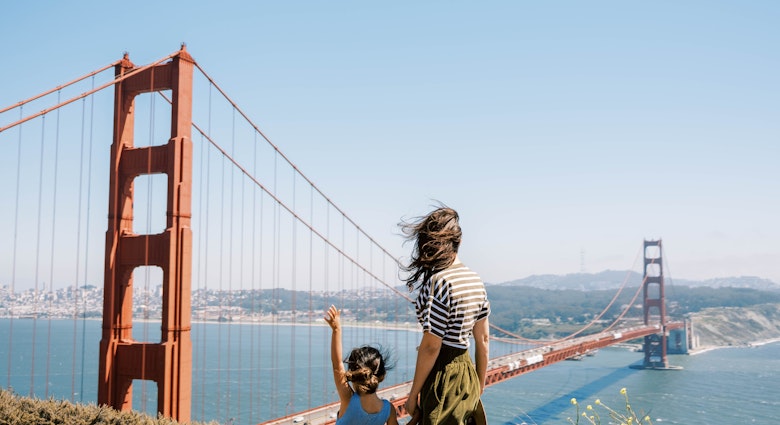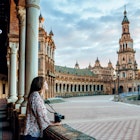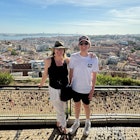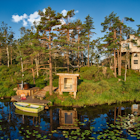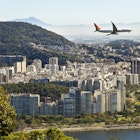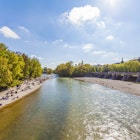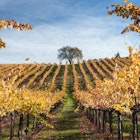A stark volcanic landscape dotted with whitewashed houses, a smattering of sculptures and unique architectural projects; the island of Lanzarote can appear to be one giant work of art. The late, native artist César Manrique left an inescapable impression on this wild land, one that continues to set it apart as a fascinating location.
The natural abstract beauty stretched across blackened, twisted landscapes may not be the typical holiday brochure centre fold, but there’s something satisfying about working a little to appreciate the unusual aesthetic. And once you do, you begin to see the island not just as strikingly beautiful but as a vast open-air gallery.

The natural canvas
It’s almost as though everyone here is inspired to make life just a little more beautiful. Take, for example, the island’s wine making region, La Geria – with vines planted among the loose volcanic rock, the green leaves provide neat splashes of vibrance against a monochrome backdrop. Instead of sitting in tethered rows, each vine is sunk into a hollow behind a low, semi-circular wall built, of course from volcanic rock. Visit the area at the end of a day-long tour with a local guide, calling at some of the islands most beautiful topography before unwinding on an idyllic vineyard. Or, dedicate your entire day to grapes and grapes alone on a concentrated walking tour of La Geria. Don't forget to bring a camera in case your memories of the fabulous surroundings are a bit foggy the next day! The vineyards are perfectly placed, endlessly photogenic and evoke how a wine estate on the moon might look.
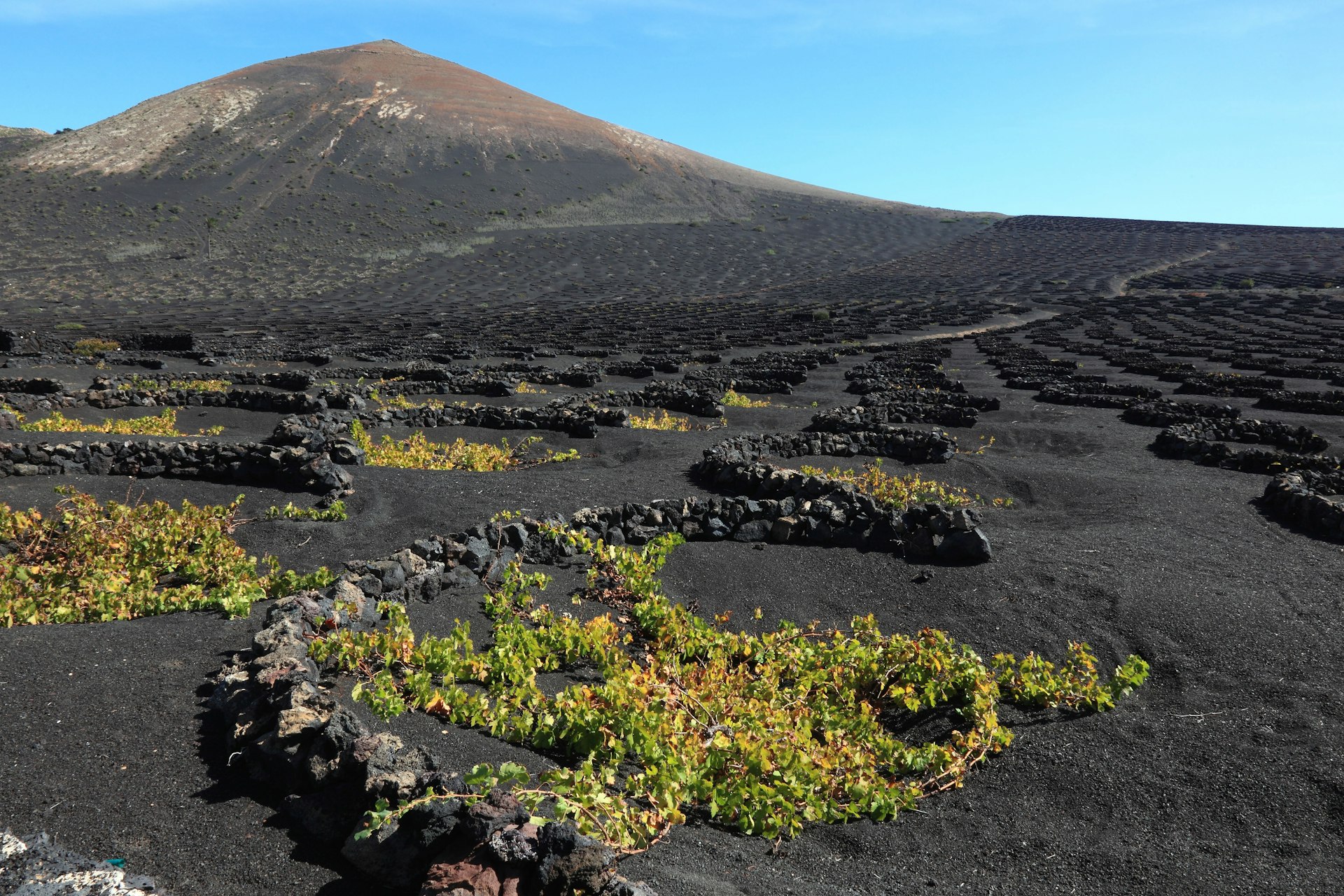
Lunar comparisons are rife on Lanzarote and never more so than in the Parque Nacional de Timanfaya. Created by a volcanic eruption in 1730, the 51-square-km park is a kaleidoscope of craters and barren peaks in hues of ochre, russet and deep greys. Like most attractions on the island, the park's restaurant was carefully created to fuse as much as possible into the ethereal surroundings. It was designed, like so many things here, by César Manrique, the island’s ‘favourite son’ and a talented, visionary architect.
César – protector of an island
Born in Arrecife in 1919, Manrique was the island’s number one fan – and in return, the inhabitants adore him to this day. After a spell of study in the US, he returned to Lanzarote in the 1960s and having witnessed tourist resorts in other parts of Spain, instantly began to worry about Lanzaroteño architecture following a similar pattern. Working with the local government, he made a lasting impact on the man-made aesthetics of the isle. The complete absence of high-rise hotels? Yep, that was him. The trademark uniform whitewashed houses with green or blue woodwork? Manrique’s influence again.

Manrique was an esteemed artist as well as an architect, and working with local authorities on construction regulations was just one element of his grand plan for Lanzarote. He was famed for once proclaiming: “For me it was the most beautiful place on earth, and I realised that if people could see it through my eyes, they'd think the same.” Thus he commenced creating an astounding collection of sculptures and architectural projects that not only avoided marring the landscape – but utilised it, merged with it and became part of the island’s charm and top attractions.
Manrique must-sees
To understand Manrique and his work, a good starting point is to visit the Fundación César Manrique. Created around a set of ancient volcanic bubbles and tunnels, this was the artist’s home for two decades, becoming a gallery just before his death in 1992. Here you can see his grand vision at work – the smooth whitewashed walls and floors provide a remarkable contrast to the rocky volcanic canvas, but nothing has been bulldozed or altered to make way for the subterranean home. The space effortlessly combines artistic works by Picasso, Sempere and of course, paintings and drawings by Manrique himself, with vast picture windows displaying the natural landscape that inspired his work.
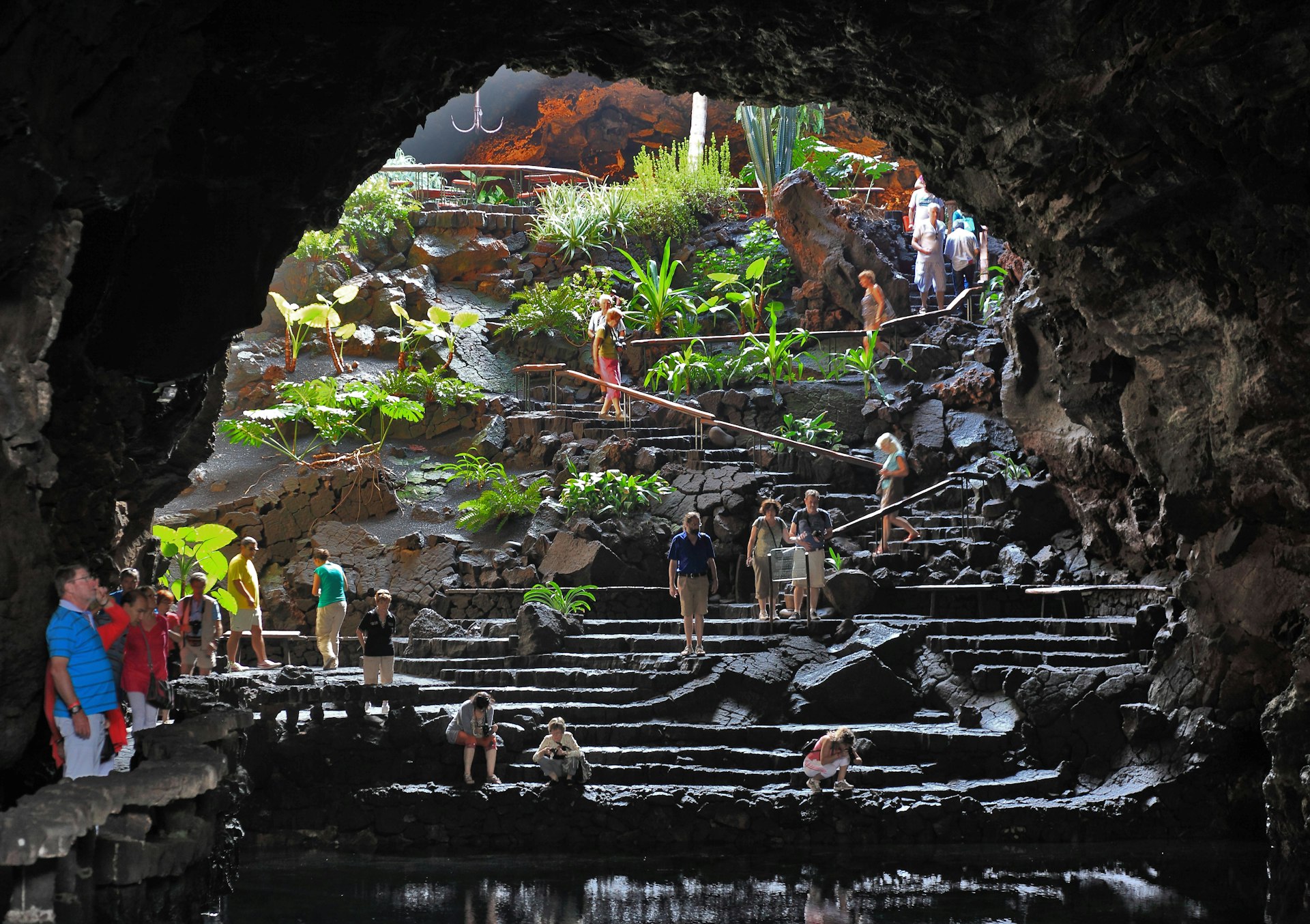
Manrique’s masterpiece is largely considered to be the Jameos del Agua, another system of subterranean caves that he converted into a concert hall. The centrepiece is the cobalt blue lake, formed aeons ago as the nearby Atlantic flowed into the cave. Not to be confused with the sparkly white outdoor pool – a much-loved comfort added to the complex by Manrique.
A lasting legacy
In the tree-lined traditional village of Haría is the Casa Museo César Manrique – the home where the artist lived out his last days. As much shrine as museum, the house has been kept exactly as it was when Manrique was killed in a car accident, right down to the cluttered studio, featuring an eerily half-completed canvas.
For some of his finished works, head to the Museo Internacional de Arte Comtemporàneo in Arrecife. Breathing fresh life to the 18th century Castillo de San José building, the modern art collection sees Manrique’s works adorn the walls alongside those of his contemporaries, including Joan Miró and Manolo Millares. In a lasting nod to Manrique’s love of island panoramas, the restaurant below the gallery serves lavish lunches with a side order of marvellous views out to the Atlantic Ocean.
Creative attractions on Lanzarote aren’t all made by Manrique, but those that aren’t are often made in tribute to him. Lanzarote is so deeply immersed in art, it’s not even all above sea level: further south, beneath the ocean, lies the island's most recent art project, the Museo Atlàntico. Sitting 12 metres below the sea, you’ll need a scuba diving qualification and a local diving guide to visit this subaquatic collection of sculptures. The UK-born artist Jason deCaires Taylor installed the underwater art in 2016, and like his other works, the sculptures aren’t just for show. Their pH-neutral cement serves as a life-sustaining artificial reef, seeking to protect Lanzarote’s sea beds, drawing parallels to how Manrique strove to protect its mountains, hills and coast.
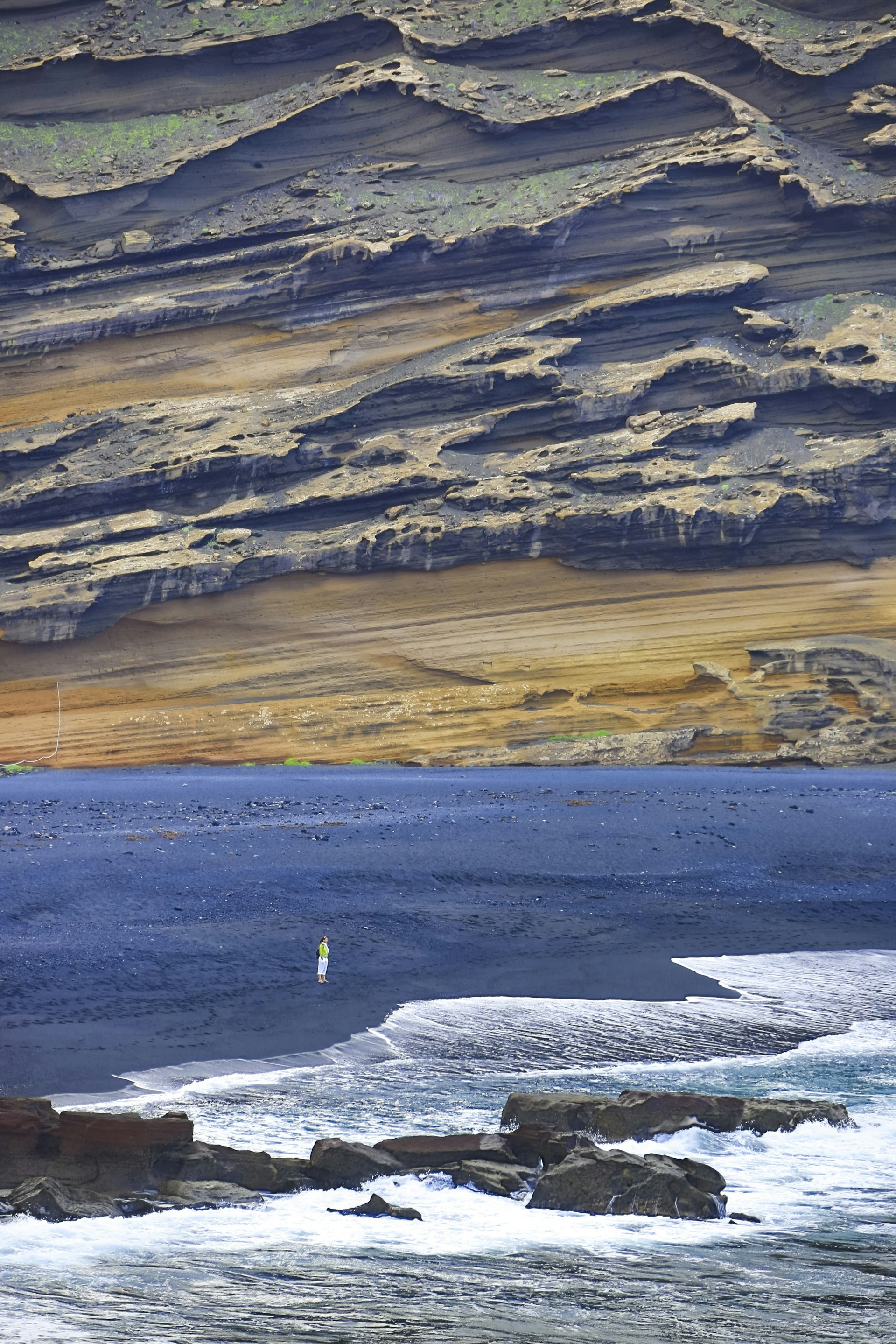
Perhaps the greatest devotion to Manrique’s influence is in the opinions and devotion of the Lanzaroteños themselves. The locals hold Manrique in the highest regard – he has a status close to saintliness among the islanders, who credit his vision and deep love for the island as Lanzarote’s saviour from the unsightly sky-high ravages of mass tourism. They recognise the island as his most important work of art and show their gratitude by continuing to protect and subtly magnify its other-worldly beauty.


